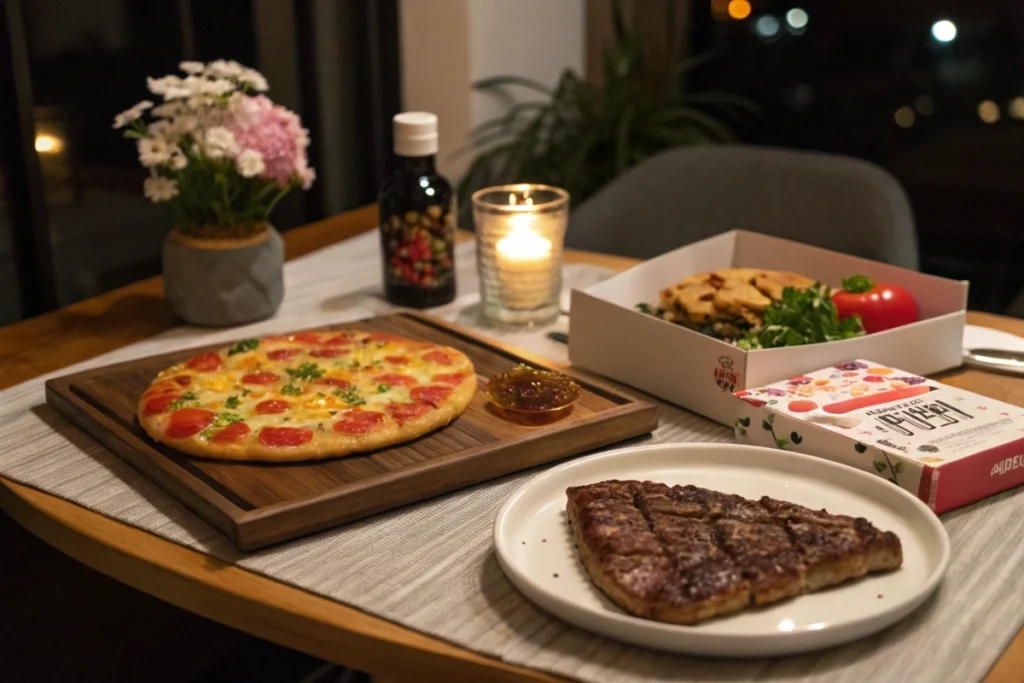Introduction
Have you ever wondered about japanese food kits pizza and how they blend the excitement of candy-making with the universal appeal of pizza? These kits are part of a booming trend where Japanese pop culture meets do-it-yourself culinary adventures—except, in many cases, the “food” you’re making is actually candy. From powdered dough to sauce packets that magically turn into sweet tomato sauce, these kits transform your kitchen into a mini pizzeria… Japanese style!
In Japan, brands like Kracie have been producing creative candy kits for years under popular lines such as Popin’ Cookin’ and Crazy Kits. Their “pizza” versions have become an instant hit among kids, teenagers, and even nostalgic adults who enjoy whimsical, hands-on projects. The concept is simple: mix water with various flavored powders, shape them into mini dough circles, and top them off—often with cheese-flavored or sweet sauces.
In this comprehensive guide, we’ll dive deep into the world of japanese food kits pizza, exploring everything from the top brands to the cultural background that gave rise to these delightful mini-meals. If you want to compare these candy creations to actual Japanese dishes, make sure to explore more easy Japanese recipes here and try something savory alongside your mini pizza candy fun.
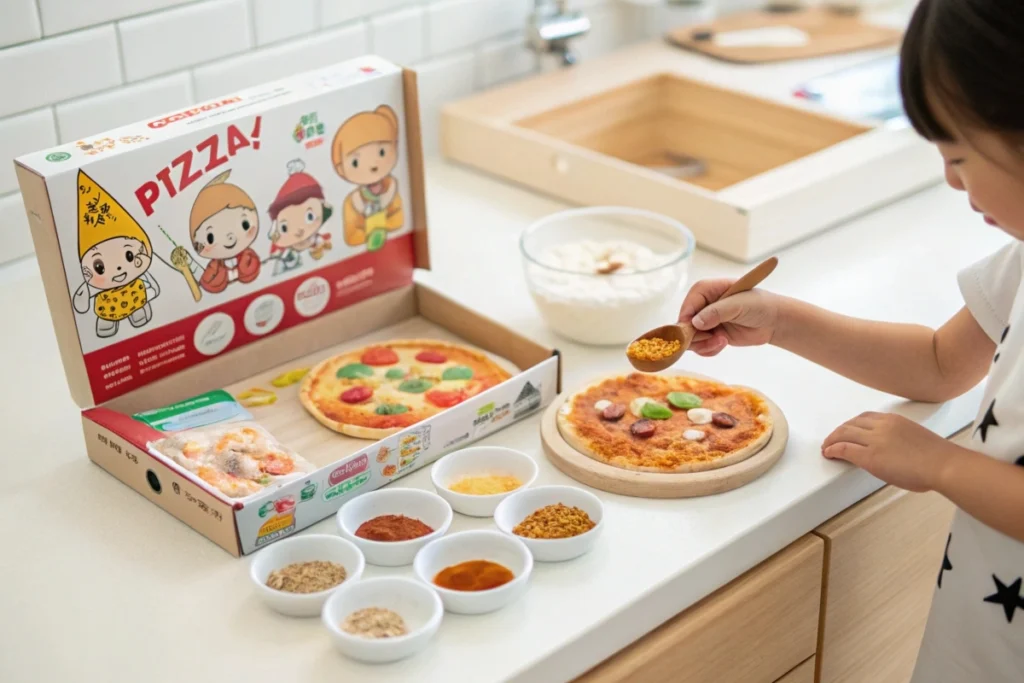
1. Popin’ Cookin’ and the Mini Food Craze
Pop culture in Japan has long been associated with creativity and fun. Whether it’s anime, manga, or themed cafés, the country thrives on imaginative experiences. Among these playful elements is the rise of miniature food kits—particularly the beloved popin cookin pizza. This kit allows you to create mini pizzas that taste sweet or savory, depending on the kit’s theme.
The Appeal of Mini Food
Why do mini food kits fascinate so many people? One reason is the immediate sense of accomplishment: in just a few minutes, you transform powders into tiny edible forms that look like real pizza, hamburgers, or sushi. Another reason is novelty. People love sharing unique, adorable creations on social media. Entire YouTube channels are devoted to making miniature meals, ranging from pocket-sized bowls of ramen to bite-sized versions of Western dishes.
Japanese Food Kits Pizza: Not Just for Kids
Although these kits seem directed primarily at children, many adults find them equally compelling. The process of mixing, molding, and microwaving (if needed) taps into a creative curiosity. For parents, it’s an excellent way to introduce children to basic cooking concepts—measuring, following instructions, and working patiently. Plus, the packaging is always bright and entertaining.
Beyond Pizza
While pizza versions are popular, the mini-food phenomenon extends to sushi, doughnuts, hamburgers, and even ramen candy kits. Each kit offers a unique set of challenges and flavors—some are sweet, some are tangy, and some might mimic the real savory taste of pizza sauce. If you’re craving a genuine sweet treat after your mini pizza experiment, try a real Japanese dessert to compare the flavors of actual confections with the whimsical candy kit versions.
Mini Food as an Art Form
The mini food trend has also inspired DIY crafters to design realistic miniature replicas out of clay, resin, and other materials for display. While these aren’t edible, they share the same aesthetic appeal as Popin’ Cookin’ sets. Some artisans even create functional miniature kitchens to “cook” their mini meals over tiny stoves, highlighting just how deeply this craze resonates with creative minds.
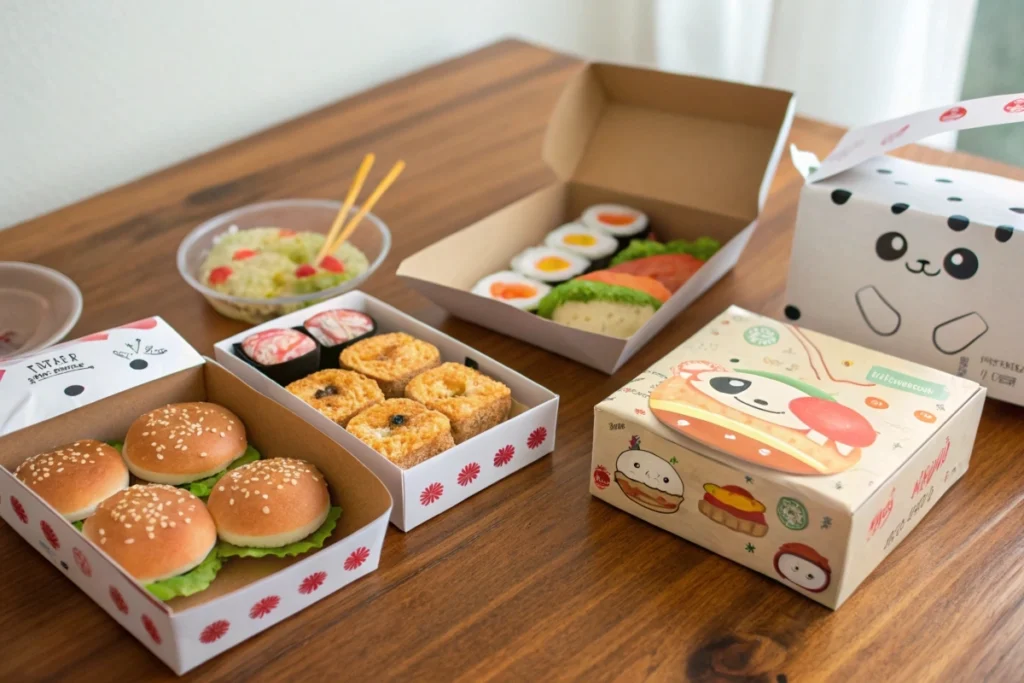
2. Breaking Down the Japanese Food Kits Pizza Experience
If you’re new to japanese food kits pizza, you might be curious about what’s inside the box and how exactly you transform these powders into edible mini pizzas. Let’s walk through the process and compare the candy version to any savory alternatives that may exist in the marketplace.
Typical Contents of a Pizza Candy Kit
- Powder Packets: You’ll usually find a few packets labeled for dough, sauce, cheese, or toppings. Each packet is color-coded, making assembly straightforward.
- Tray and Mold: The kit often includes a plastic tray or molds for shaping your mini pizza crusts.
- Spoon or Dropper: A small spoon or liquid dropper lets you measure water precisely.
- Instruction Sheet: Often in Japanese, but most kits include illustrated steps that are easy to follow. Some have English translations or rely on pictures to guide you.
Preparation Steps
- Dough Creation: Mix the dough powder with water in a designated section of the tray. Knead until it forms a small ball of dough.
- Shaping Crusts: Divide and press the dough into tiny circular crusts.
- Sauce and Cheese: Each powder transforms with water into a sauce-like consistency or a sticky cheese-like topping. Some kits require microwaving for a more realistic texture.
- Toppings: Sprinkle candy bits resembling pepperoni, veggies, or even a sugary form of pizza sauce to complete the look.
This process can be sweet or savory, depending on the brand. Some pizza popin’ cookin kits yield treats reminiscent of fruit-flavored gummies, while others might offer a mild savory flavor. If you’re intrigued by trying a real pizza recipe with a Japanese twist, check out a real Japanese pizza twist with bagel dough for an authentic homemade experience.
Candy vs. Savory Versions
While most popular kits are candy-based, a few Japanese companies experiment with instant pizza crusts or “just-add-water” savory sauces. These remain less common due to shelf-life and shipping concerns but do exist in niche markets.
Taste and Texture
Expect a unique taste for candy kits. The “dough” is typically soft and sweet, the sauce tangy or fruity, and the “cheese” might be another layer of sugary flavor. Don’t expect a robust tomato sauce or gooey cheese as you would with a real pizza, but do expect a novel and playful tasting experience.
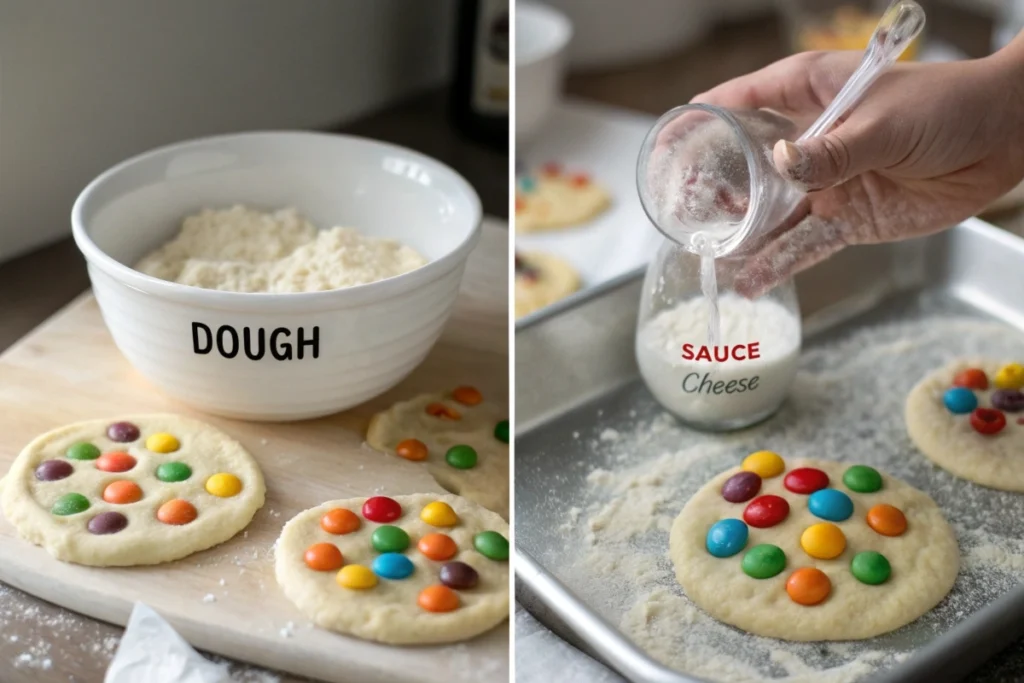
3. Popular Brands and Where to Buy
If you’ve decided you can’t wait to get your hands on a japanese food kits pizza set, the next step is figuring out which brands to try and where to find them.
Top Brands in the Mini Food Scene
- Kracie (Popin’ Cookin’)
- Known for popin cookin pizza, sushi kits, doughnut kits, and more.
- Iconic for bright packaging and easy, step-by-step instructions.
- Flavor Profile: Usually sweet, with occasional savory elements in some specialty kits.
- Meiji
- A staple in the Japanese confectionery world, though less focused on mini pizza kits compared to Kracie.
- Popular for chocolate-based and biscuit-based DIY candy kits.
- Heart
- Offers similar mini kit experiences, often with unique themes.
- Might include more novelty items or seasonal releases compared to Kracie.
Where to Buy
- Local Asian Grocery Stores
- Many cities with a robust Asian community likely have markets carrying Japanese candy kits. Ask staff about pizza popin’ cookin or mini food kits if you don’t see them on display.
- Online Retailers
- Major e-commerce sites often carry these kits, either through third-party sellers or specialized import shops.
- Look for official Kracie store listings or reputable sellers to avoid knock-offs.
- Japanese Specialty Shops
- Offline or online specialty retailers dedicated to Japanese snacks, junk food, and novelty items. They often have a wider variety and better restocks.
When searching, you might use phrases like japanese food kits pizza near me or pizza popin’ cookin, or check out your local fandom conventions and pop culture events where these kits are frequently sold at booths.
Related Japanese Junk Food Ideas
Beyond pizza, Japan’s junk food scene includes everything from exotic KitKat flavors to specialized instant noodles. If you’re up for more quirky, hands-on projects, discover other unique Japanese junk food ideas. Some of these items aren’t even candy—they’re decorative or novelty-based but still carry that distinctly playful Japanese vibe.
Consider Shelf Life and Storage
Candy kits generally have a decent shelf life, but always check expiry dates, especially if you’re importing them. Store them in a cool, dry place to ensure powders and flavorings remain fresh.
Price Range
Expect to pay anywhere from $3 to $8 per kit, depending on size, complexity, and shipping costs. Bulk packs can be cost-effective if you’re planning a party or classroom activity.
4. Fun Alternatives: Sushi Candy Kit and More
While japanese food kits pizza can be a blast, they’re only one slice (pun intended) of what’s available in the world of mini food kits. Let’s explore a few exciting alternatives if you’re ready to expand your horizons beyond pizza.
Sushi Candy Kit
If you’ve stumbled upon sushi candy kit references while searching for pizza sets, you’re not alone. Sushi kits typically feature powders to create sweet, gummy “rice,” “tuna,” “egg,” and sometimes a jelly-like “roe” topping. The result? Tiny sushi-shaped candies that look shockingly realistic. The contrast of white “rice” and red “tuna” is especially striking, making for share-worthy Instagram snapshots.
Hamburger Kit
Another popular choice is the Popin Cookin Hamburger kit, which yields mini burgers, fries, and even a tiny cola. Using powder to create buns and patty shapes might feel surreal at first. However, watching them form in the microwave is half the fun. Some kits include a sauce packet reminiscent of ketchup.
Other Mini Food Craze
Fans of miniature cooking will also find mini donuts, mini cupcakes, and occasionally traditional Japanese items like dango (rice flour dumplings). Each kit aligns with the concept of transforming powder into playful, edible shapes.
Cultural Aspect
Part of the appeal lies in Japan’s broader culture of kawaii (cuteness). These miniature sets enhance that charm, blending gastronomic fun with adorable aesthetics. For more insights into authentic Japanese food culture, you can also visit resources like the Japan National Tourism Organization.
Transition from Candy to Real Food
If your love for mini kits inspires you to try actual Japanese cooking, don’t hesitate to explore real recipes. You might start with something easy, like a Japanese curry recipe one piece style, or a full-bodied japanese steak recipe to experience the taste behind the playful façade. Balancing candy kits with real recipes can offer a deeper appreciation of the skill and flavor in Japanese cuisine.
5. Tips for a Memorable Mini Food Session
Whether you’re a curious beginner or a seasoned fan of japanese food kits pizza, a few tips can elevate the fun factor. These pointers will help you host mini-food parties, bond with children over creative projects, or even teach a mini cooking lesson.
1. Organize Your Workspace
Before opening any kit, clear a table or countertop. Have a cup of water, paper towels, and scissors on hand. Most candy kits require small amounts of water, so keeping it nearby avoids unnecessary trips to the sink.
2. Read Instructions Carefully
Even though the packaging is in Japanese, the diagrams are usually intuitive. Make sure to follow the recommended water measurements. Too much water can dilute flavors and alter textures; too little may lead to crumbling dough or lumps in the sauce.
3. Involve Friends or Family
Mini food kits shine as a social activity. If you have children, let them handle safe tasks like adding water or mixing powders. Older kids and adults can shape dough or microwave the creations. Sharing the final results adds to the sense of achievement.
4. Pair with Real Japanese Snacks
Consider serving real Japanese treats alongside the candy pizzas. You could lay out a bowl of Japanese biscuits or rice crackers to balance the sweetness of the kit. This approach offers a mini cultural immersion, allowing participants to sample genuine flavors as well as creative candy interpretations.
5. Document the Fun
Snap photos at each stage—mixing the dough, shaping crusts, adding “sauce.” Social media loves novelty, so posting a quick reel or a TikTok might inspire others to try these kits. If you host a party, encourage each guest to document their process differently, capturing diverse perspectives.
6. Expand Beyond Pizza
Once you’ve nailed the pizza kit, explore sushi, hamburger, or mini food kits of your choice. Each kit has its own quirks, flavors, and assembling techniques. You might even host a mini-food tasting night, comparing the finished products side by side.
7. Clean Up Promptly
Candy kits can leave sticky residue. Cleaning molds, trays, and your workspace immediately after use prevents hardened remnants. Most plastic trays are disposable, but you can recycle or reuse them for future craft projects if they’re in good shape.
With these tips, your japanese food kits pizza experience can be smooth, entertaining, and memorable. Whether you’re diving in solo or making it a group affair, this playful culinary journey is sure to leave you craving more.
History and Context of Japanese Food Kits
The world of japanese food kits pizza didn’t appear overnight. Japan has a long history of blending food with playful design, tracing back to elaborate candy-making traditions and the concept of wagashi (traditional sweets). Modern candy kits evolved from this backdrop, merging convenience with interactive elements that resonate with both kids and adults.
Early Candy Traditions
Long before Popin’ Cookin’, Japan was known for confections that were both tasty and visually striking. Candy artisans would craft meticulously detailed sweets, reflecting seasonal themes or cultural motifs. Over time, as mass manufacturing became more prevalent, the candy industry sought new ways to stand out in a crowded market.
Emergence of DIY Candy Kits
In the latter half of the 20th century, big Japanese confectionery companies like Kracie, Meiji, and Glico introduced kids to small “mix-it-yourself” candy sets. Initially, these sets might have included simple powdered flavors that, when mixed with water, formed a sweet jelly or gummy. However, the concept soon expanded to incorporate molds, multiple flavor packets, and an emphasis on fun shapes—like animals or cartoon characters.
Popin’ Cookin’ Revolution
Popin’ Cookin’ is perhaps the most famous brand behind today’s mini food kits. By the early 2000s, it introduced kits that went beyond mere shapes—these kits mimicked entire meals on a miniature scale. Ramen sets included gummy “noodles,” burgers featured micro buns and fries, and eventually, pizza popin’ cookin sets joined the lineup. The brand’s success stems from combining creativity, adorable packaging, and a dash of magic as powders morph into almost-realistic mini meals.
Global Fascination
With the rise of YouTube and social media, fans worldwide started posting unboxing videos and step-by-step tutorials of these kits. Audiences outside Japan quickly caught onto the trend, charmed by the whimsical nature of making tiny foods. Import shops and online retailers capitalized on this demand, making it easier for curious consumers to get their hands on these novelty candies.
Expanding Varieties
Today, the selection is vast—from classic Japanese dishes like sushi and ramen to Western favorites like pizza, hamburgers, and doughnuts. Some kits even incorporate mild heat or microwaving steps to achieve texture changes, bridging the gap between candy and real cooking techniques. The intersection of Japanese candy artistry and imaginative packaging fosters a near-collectible culture, with enthusiasts often seeking limited-edition or seasonal releases.
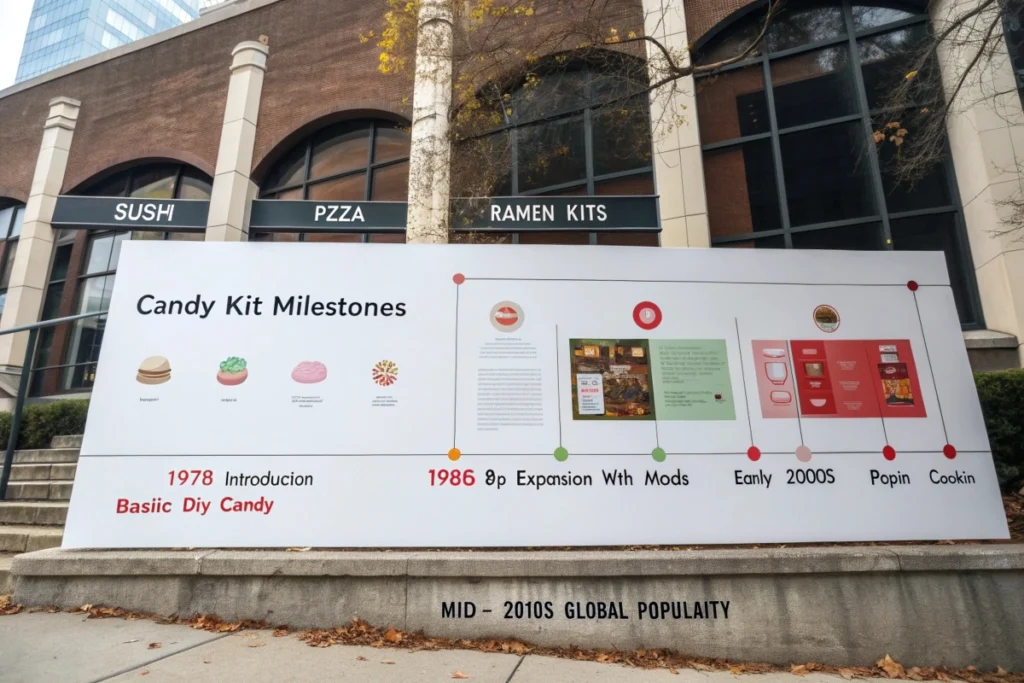
Practical Examples and Use Cases
Japanese food kits pizza can serve multiple purposes, far beyond mere novelty. Below are three real-life scenarios showing how these kits can spark joy and learning:
Scenario 1: Parent-Kid Bonding
A mother wants to keep her children entertained on a rainy weekend. She orders a pizza candy kit online. Together, they follow the instructions, measure water, and watch the powders form dough. The kids giggle as they spread candy sauce onto the mini crusts. It’s a fun, low-cost activity that keeps them engaged for an hour, teaching basic kitchen skills like measuring and following directions.
Scenario 2: Novelty Item at Parties
Imagine throwing a birthday bash for a friend who loves all things Japanese. You surprise the guests by bringing out popin cookin pizza kits after the main meal. Everyone pairs up to tackle a kit, competing for the “best-looking mini pizza.” Laughter ensues as some shapes turn out less than perfect, but everyone agrees it’s a memorable highlight of the party.
Scenario 3: Cultural Learning in Classrooms
A high school Japanese teacher uses candy kits during a cultural exploration lesson. Students compare japanese food kits pizza to real pizza recipes, discussing flavor differences and marketing strategies. It keeps the class lively, prompting deeper insights into how pop culture influences global perceptions of Japan. For an advanced look at genuine recipes, the teacher suggests students read the Japanese old fashioned recipe
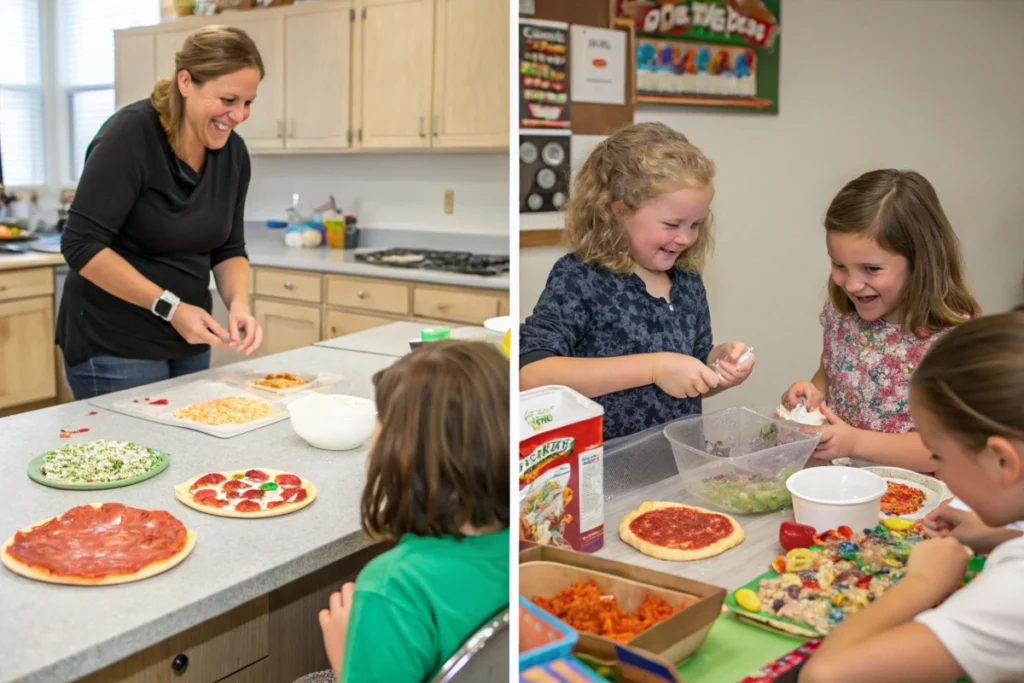
FAQs
Here are some commonly asked questions about japanese food kits pizza and their broader context.
- Are these pizza kits candy or real pizza?
Most japanese food kits pizza sets are candy-based, meaning they’re sweet or mildly savory powders that become gummy or dough-like when mixed with water. There are fewer savory options, but they exist in limited editions. - Where can I find japanese food kits pizza near me?
Check local Asian supermarkets or Japanese specialty shops. Online retailers like Amazon or dedicated import stores also stock them. Searching popin cookin pizza or mini food kits should lead you in the right direction. - How long do the kits last?
Candy kits typically have a decent shelf life (around 6-12 months). Always check the packaging for expiry dates, especially if you’re storing them for future parties or classes. - Do I need special equipment?
Usually not. These kits come with trays and molds. You only need basic items like scissors, water, and sometimes a microwave (depending on the kit’s instructions). - Are popin cookin pizza kits safe for children?
Yes, they are generally safe and designed for children. However, adult supervision is recommended for any cutting or microwaving steps. Also, watch out for small parts or choking hazards, as some kits include very tiny pieces. - Can I make real pizza from a Japanese kit?
Typically, no. If it’s a candy kit, you’ll end up with sweet, gummy textures rather than a real dough crust. For an authentic Japanese-style pizza, explore Japanese bagel dough pizza recipes or use conventional pizza dough techniques. - Are there sugar-free or allergy-friendly options?
Options can be limited. Some kits might avoid common allergens, but it’s best to read labels or contact manufacturers. Sugar-free variants aren’t common in mainstream lines.
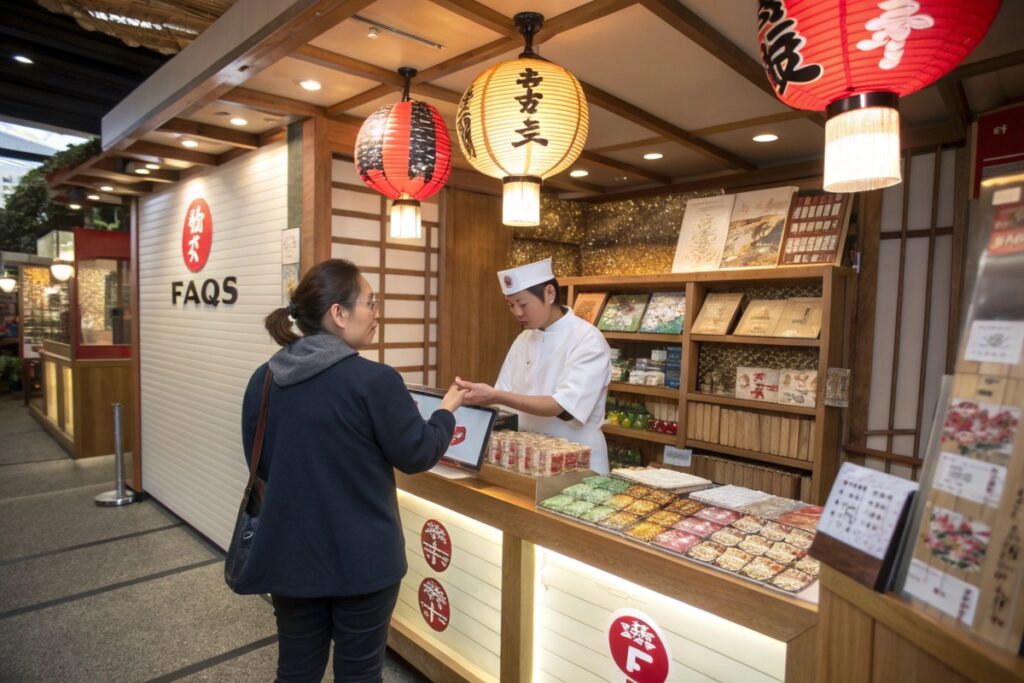
Conclusion
Japanese food kits pizza embodies the whimsical side of Japan’s culinary innovation—blending candy, creativity, and a dash of cultural flair into a single kit. Whether you’re a parent seeking a fun weekend project, a teacher integrating global culture into your lessons, or simply a fan of unique foodie experiences, these mini pizza sets can spark joy and curiosity.
By exploring candy kits like popin cookin pizza, you tap into a tradition that began with simple DIY sweets and blossomed into a global phenomenon. Each kit tells a story of Japan’s imaginative approach to snacks, where even something as universally loved as pizza becomes a pint-sized adventure. Along the way, you can pair your experience with real Japanese treats or even attempt a more sophisticated dish like a Japanese steak recipe to contrast the candy’s charm.
So why not give it a shot? Organize a mini food night, share the fun on social media, and delight in the fusion of sweet flavors and playful design. In a world that often feels too serious, these candy kits remind us that a sprinkle of creativity can transform everyday moments into memorable occasions.
